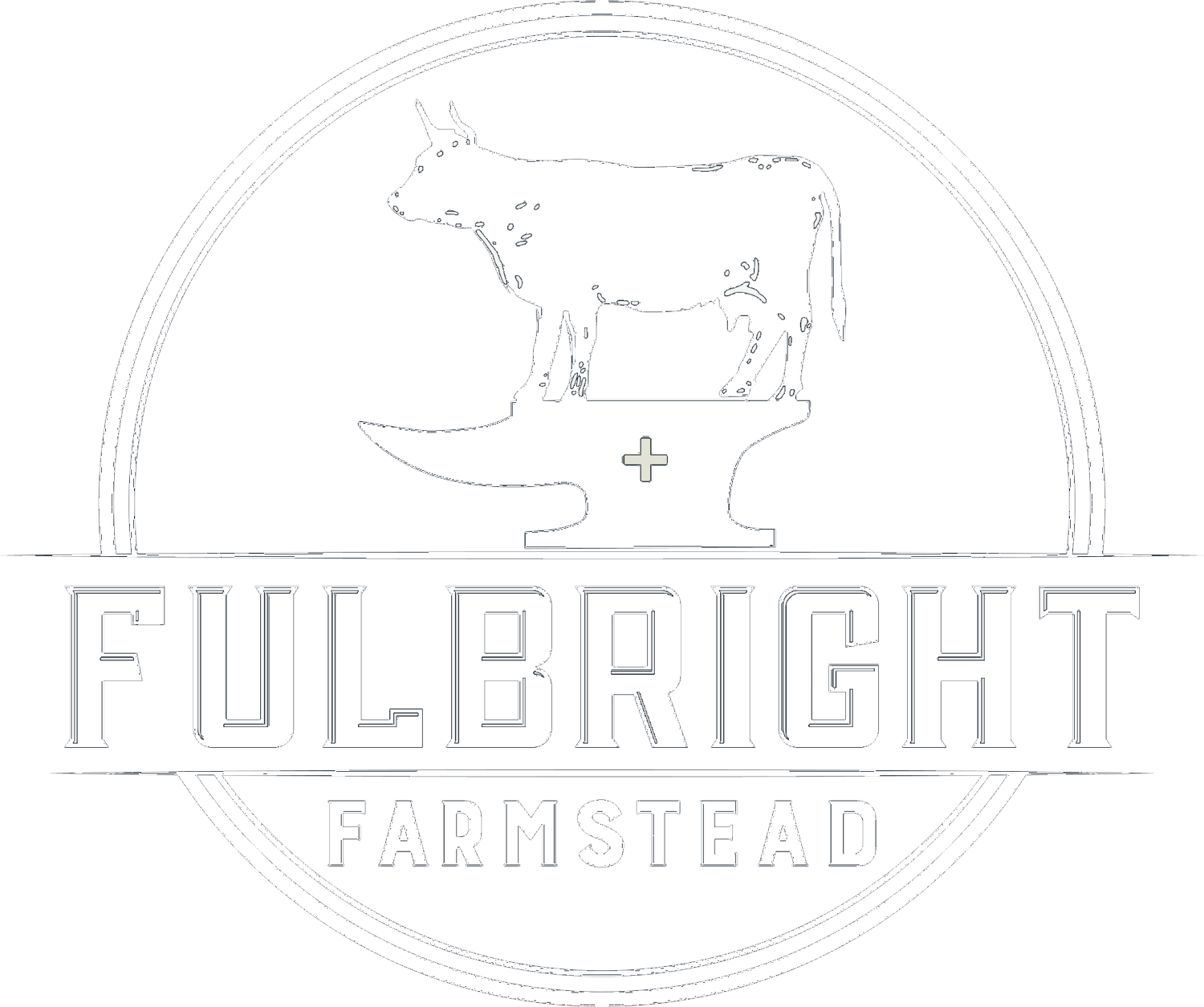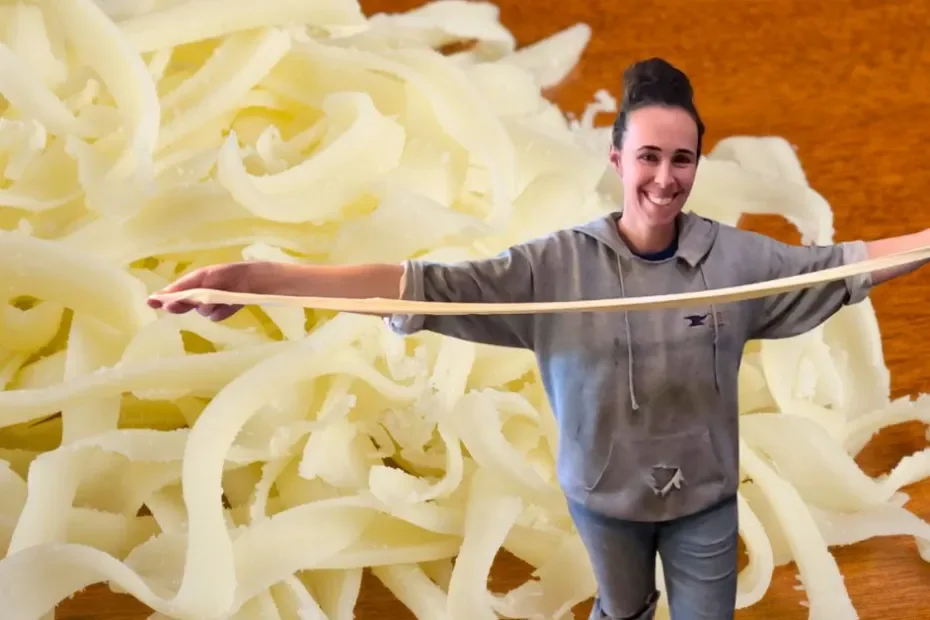How to make quick Mozzarella with Skim Milk | Plus a tip if it isn't stretching!
Do you ever find yourself in a pinch, needing an ingredient for dinner that realize all too late that you don’t have? That’s what happened to me, enter this quick homemade Mozzarella recipe that saved the day.
Prefer to watch this instead? Check out the video here!
Normally I prefer to make a naturally acidified Mozzarella using whole milk. However I don’t always have A) the time, and B) whole milk. While my dairy animals are dry, I rely on my stock of frozen milk. Sheep milk I freeze whole, however in this case I was all out of sheep milk and only had skim cow’s milk left. I like to run my cow’s milk through the separator before freezing, that way it doesn’t get a lumpy texture upon thawing.
On a particular Sunday awhile back my kids informed me that they wanted sourdough discard pizzas for supper. I was happy to oblige until I realized I had no Mozzarella cheese on hand. Enter this quick Mozzarella recipe.
Homemade Quick Mozzarella Cheese Recipe
This Mozzarella cheese recipe is easy to make at home and nothing beats fresh! The ingredients are: milk, citric acid, rennet and salt. We love to use this mozzarella on our pizza and many other dishes!
How to make Quick Mozzarella Cheese
Step1: Sanitize your equipment by boiling in a pot with a couple inches of water for 10 minutes. Remove with tongs to a clean towel and let air dry.
Step 2: Pour your milk in the cheese pot
Step 3: *IMPORTANT* Add your citric acid BEFORE turning on the heat. Stir well to incorporate.
Step 4: Heat milk to 90 F over medium heat.
Step 5: Turn off heat. Add rennet and wait 30 minutes – 1 hour for a clean break.
Step 6: Check for a clean break
Step 7: Cut into curds for a drier mozzarella, or leave the curd mass whole for a more moist Mozzarella. Smaller curds = drier Mozzarella
Step 8: Optional – stir your curds for up to 40 minutes. The more stirring, the drier your curds will be. For moister mozzarella do not stir, just let the curd sit. Drier mozzarella will shred easier than moist mozzarella. Try to maintain the temp of the whey between 90-100 degrees during this time.
Step 9: Let the curds settle under the whey for 5 minutes
Step 10: Begin the heat the whey over medium heat. The curds should start to stick together in a big lump and get melty / stretchy. If you get up to 140-150 degrees and the curds don’t seem like they are getting stretchy, check my tip below!
*Tip*: If after heating the whey the curds do not seem to be getting melty and stretchy, use a pH meter to check the pH of your whey. The pH should be between 5.2-5.4 for the curd to stretch. If you do not have a pH meter, just go ahead and add a little more acid to see if that will acidify your curds enough to stretch. Start with just 1/4-1/2 tsp.
Step 11: Once curds are warm and stretchy, begin to knead them in a ball or stretch until shiny and smooth.
Step 12: Put the curd back in the whey to warm up so it will be easy to shape. I like to shape mine into kind of a ball and then put it into either a container or a cheese mold. Let sit in the container or mold for about 20-30 minutes.
Step 13: Weigh cheese
Step 14: Brine in an 18-20% salt brine for 2 hours per pound of cheese.
Step 15: Enjoy!
FAQ’s
Why Skim Milk? This is a great question! The reason I used skim milk is because it is all I had at the time. During my animals’ dry period I rely on frozen milk. I had used all of my sheep milk and only had skim cow milk left. Over the summer when I am making lots of butter, I save the skim milk from the separator and put it in the freezer to use in the winter time during the dry period. So this recipe works great if you make a lot of butter and need a use for skim milk!
What will my yield be? Your yield will be quite low if you are using skim milk. If you hand skimmed the milk the yield will be higher than milk ran through a cream separator. My yield from a gallon of milk using this recipe was a little over half a pound: 10oz.
What is naturally acidified mozzarella? I love naturally acidified mozzarella! When I have cows or sheep in milk and I have the time, this is the mozzarella I make. I believe it has a far superior flavor than that of quick mozzarella. So the only difference is you are relying on the natural bacteria in the milk to acidify the cheese for you, instead of relying on an added acid such as citric acid, vinegar or lemon juice.

